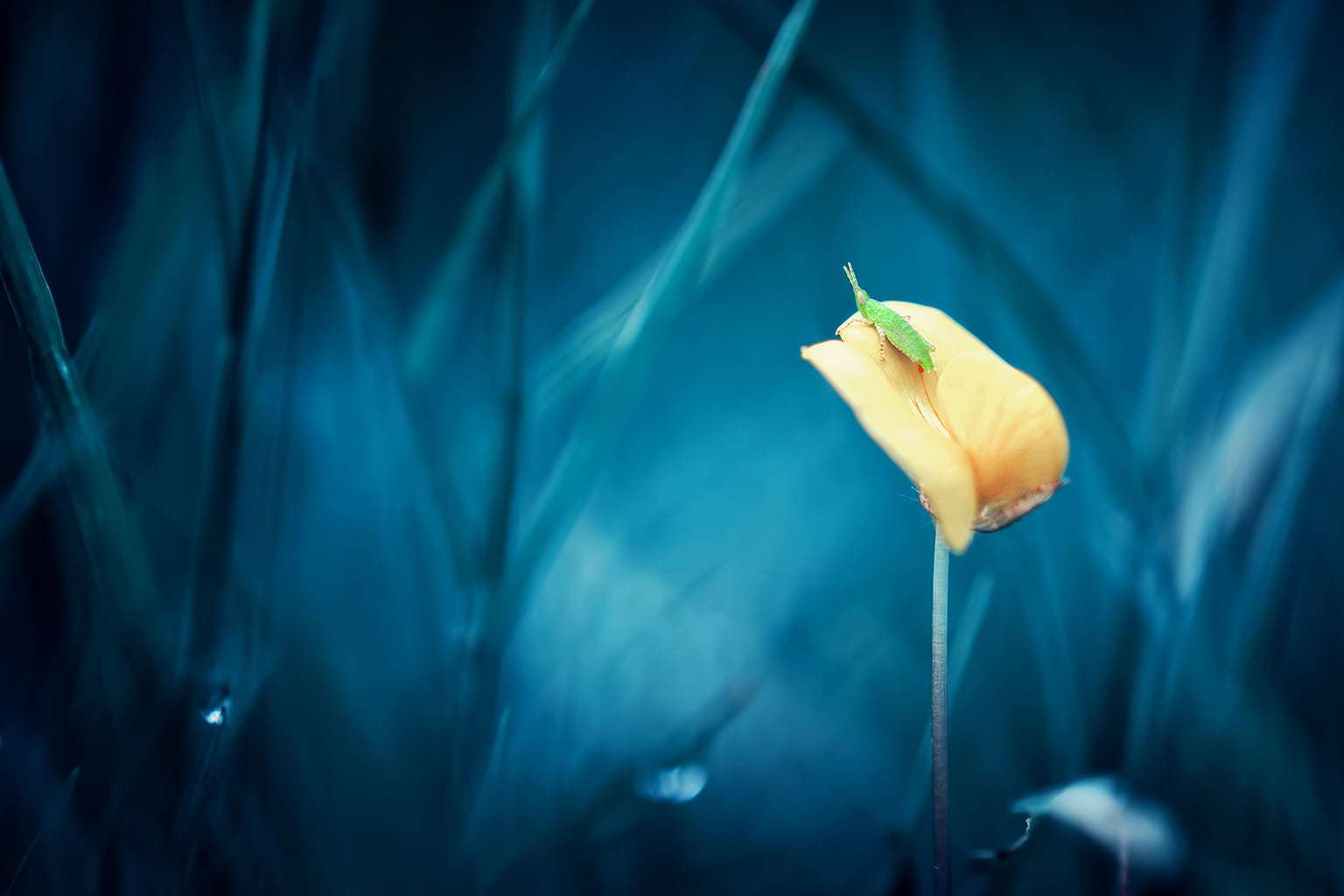The composition in a photograph is the way in which you arrange all the elements of the scene within the frame. Whether your work is more or less attractive will depend on it. In fact, composition is one of the most important keys (if not the most important) for your photography to stand out from the rest. Therefore, to go deeper, you should not miss the mega guide that we have prepared for you with all the tips and tricks on photographic composition.
In today's article I intend to teach you some tricks so that you can master the center of interest, your main tool in the composition game. But to master something, you must first know what it is.
WHAT IS THE CENTER OF INTEREST IN AN IMAGE?
Every photograph must have a main reason to which the gaze of the person who contemplates it is directed. If you look at a photo and your gaze is dispersed in the chaos of the scene, you will immediately lose interest, the image will not have any appeal even if it is technically perfect in terms of color, light, sharpness, focus... With an image you intend to tell a story, transmit, therefore, like any self-respecting story, it must have a main element or protagonist. It doesn't matter what it is, it can be from a person to a button, but it must be the center of your photograph, the one that stands out and I don't mean that it is in the center, nothing like that, but that it is the first thing that Let your eyes see when they look at the image, that your gaze is directed directly to that element, that there is no doubt about what the photo is about, what it is talking about.
Having a center of interest or not having it makes the difference between a great photo and an image without interest.
Do you want to know how to highlight your center of interest? Keep reading and you will see that there are many (and very easy) ways!
1. RULE OF THREE THIRDS
The easiest and most widespread way to make an element stand out within an image is to place it in one of the points known as points of interest, since that is precisely what they achieve. If you place your element in the center of the image, it is most likely that you take away from it, so that it stands out, it is best to place it in one of these points, which are the ones that result from dividing an image into three parts through two lines, both horizontal and vertical.

2. BACKGROUND
The background when it comes to highlighting the center of interest in a photograph is crucial. I explain why. The protagonist of the scene can be very clear, for example your pet who is beautiful and is sleeping peacefully on your sofa, but if your sofa is patterned, it can completely distract the attention and the gaze does not know whether to go to your sweet kitty or towards the patterned fabric. Here you have an example with flowers, in the first image, the background of letters is completely distracting and no matter how much you know that the subject is the orchid, the attention is distracted and the center of interest ceases to have "interest", while in the second image, it is very clear which is the center in theory and in practice, don't you think?
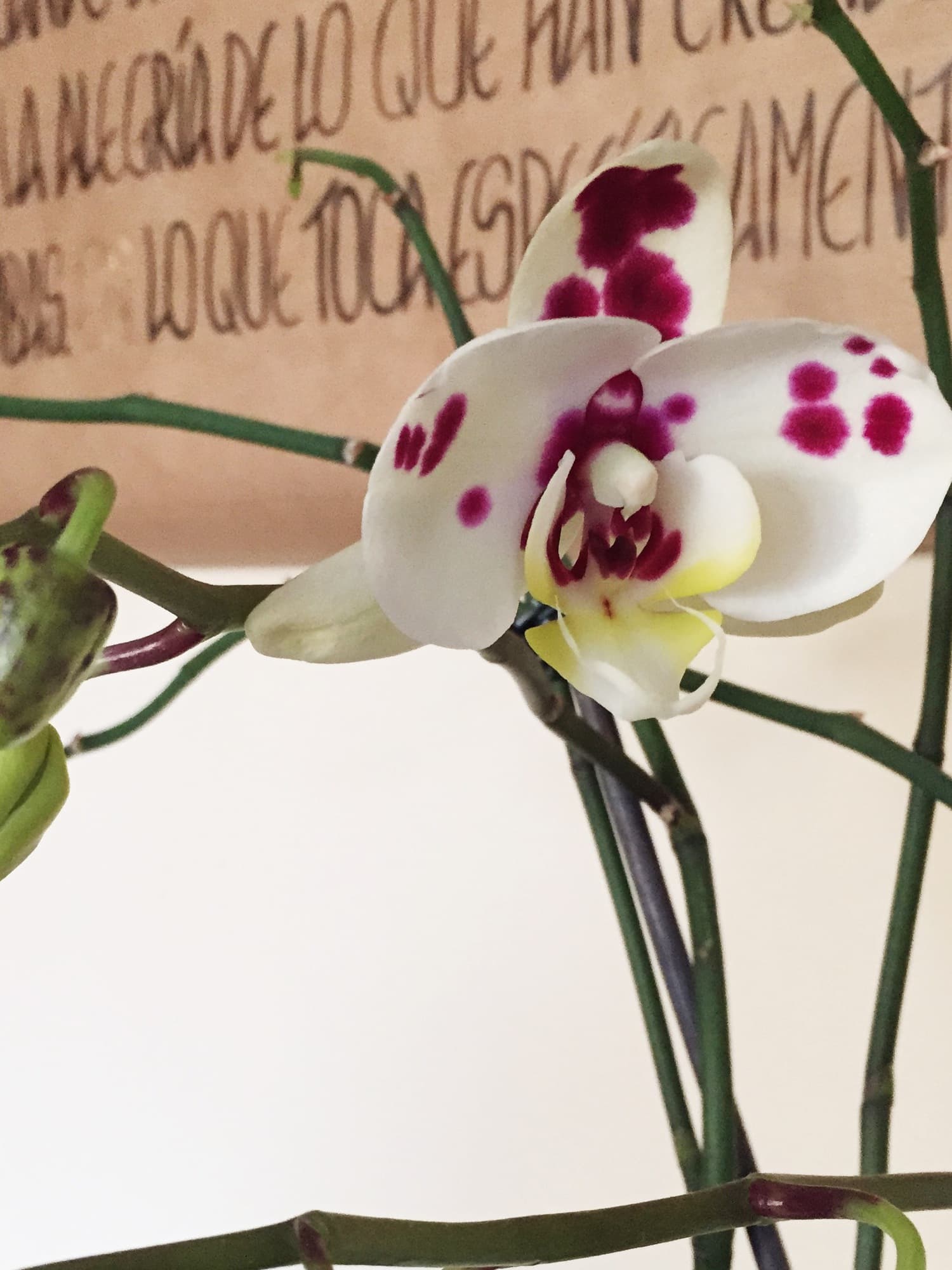
In short, look for smooth backgrounds that do not distract attention or blur them completely so that they do not detract from your center of interest. And if you want to know more about backgrounds for your photos, be sure to read this article by my partner Alexa.
3. LINES
Lines are also an excellent compositional element on their own, but they are also ideal for leading the eye towards the center of interest. Here you have a sample of it, taken by Emilio Chulia.
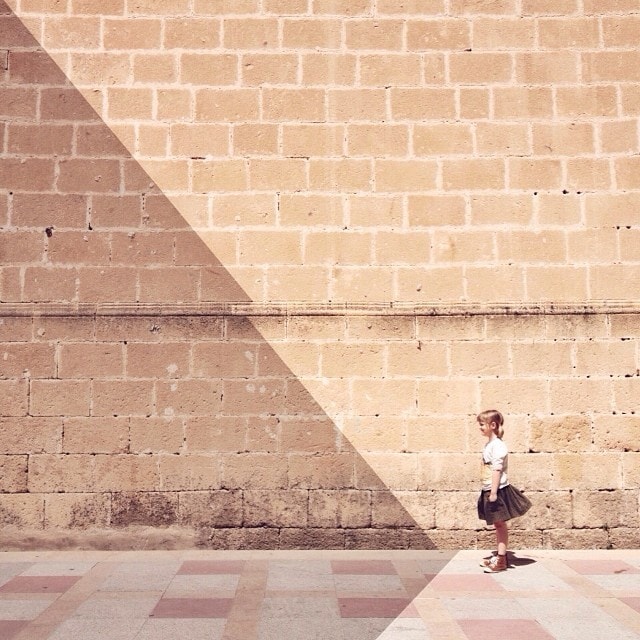
4. BLUR
A good trick to make the element that you have chosen as your center of interest stand out is to play with the depth of field , in this way you will focus all the attention on it if there are elements around that can compete with its prominence.

5. NEGATIVE SPACE
The negative space is the part of the image that does not contain information or that is so irrelevant that it lacks interest and that is used precisely to give more prominence to the element that you have decided to highlight. Negative space around your protagonist will draw attention directly to the center of interest. If you want more information, don't miss the article how to achieve splendid compositions thanks to negative space .
6. RHYTHM
It's not about playing music for your protagonist to dance, if that's what you're thinking ? . You create the rhythm visually by capturing certain elements repeatedly within your frame, that is, including in your scene a series of elements that are repeated repeatedly and constantly. If at that pace you suddenly add another element that completely breaks the sequence, it will immediately become the center of interest in your photography and will also add tension and appeal to the rhythm of your image.
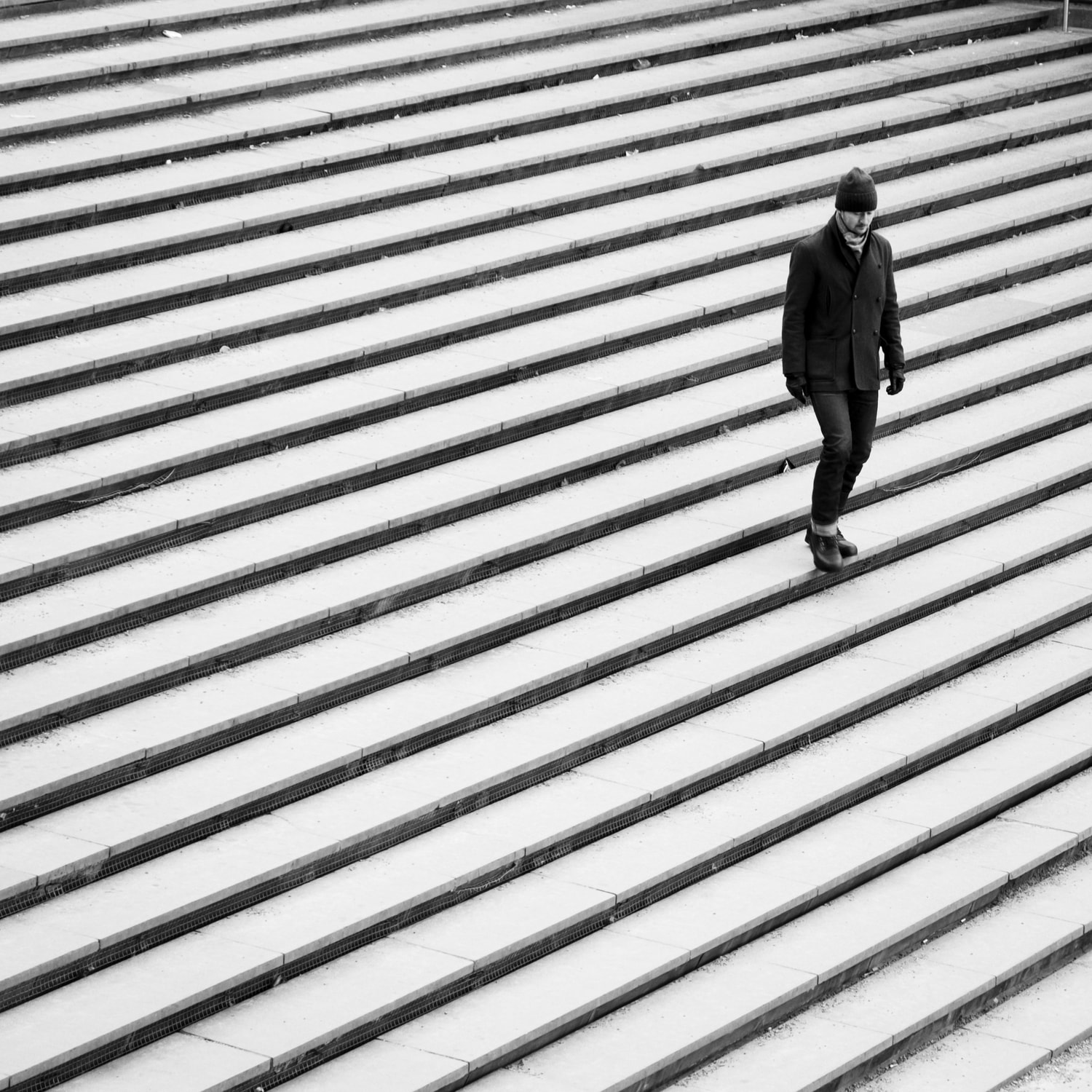
7. NATURAL FRAMING
Another way to highlight an element in an image is to frame it with another element that is part of the image. This is known as natural framing (we dedicate a weekly challenge to it, in case you want to take a look at the gallery and get ideas). By putting a “frame” on it, you will give it more prominence.
8. CONTRAST
You can use contrasts to highlight your center of interest, and you can do it in several ways.
COLOR CONTRAST
If the entire image has the same tonality and suddenly an element of a totally different color appears, the attention on your protagonist is assured. Look at this example:
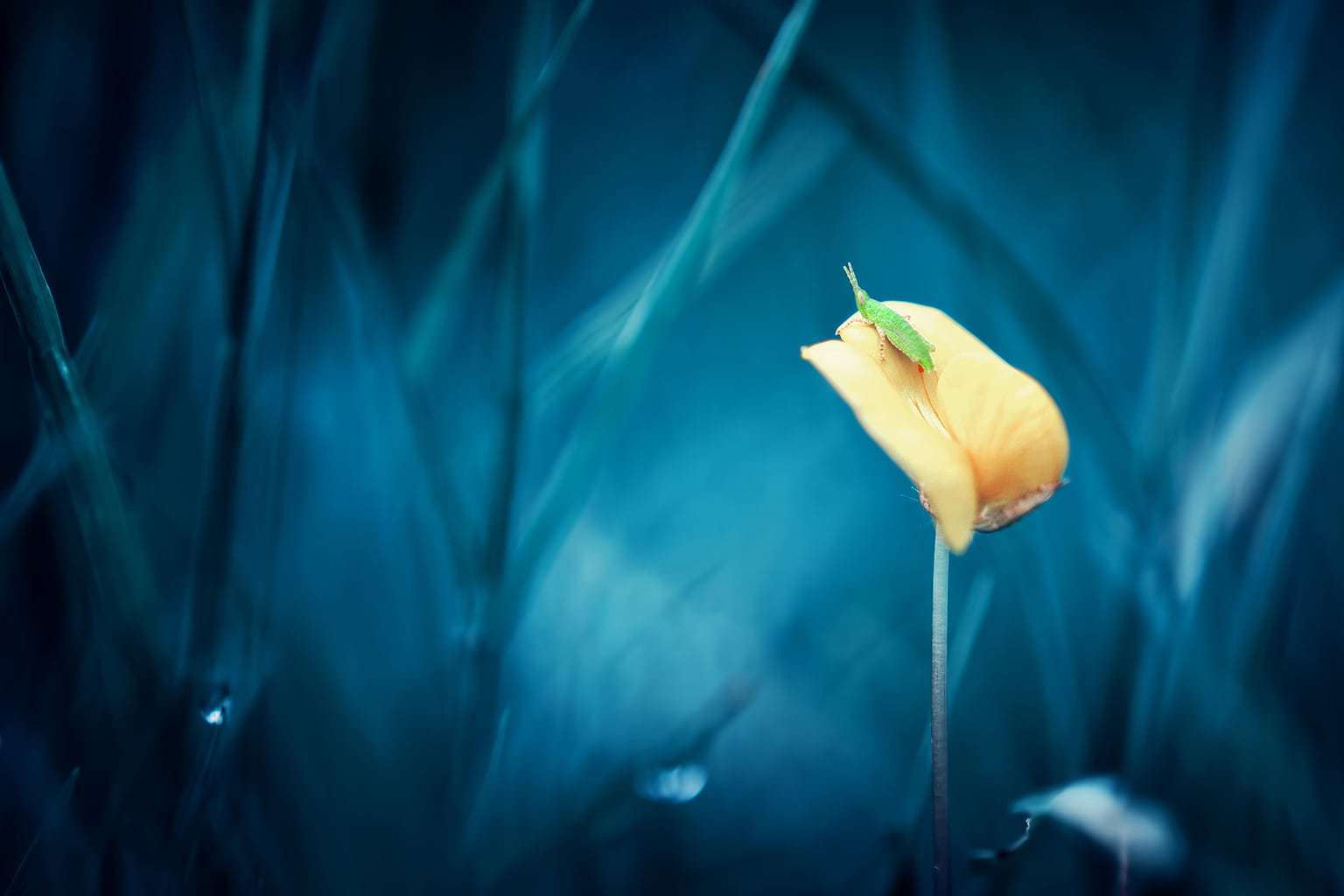
LIGHT CONTRAST
Imagine a stage, everything in the dark and the spotlight focusing right on the artist. This is not just because it looks pretty, it is so that the public focuses all the attention on him or her. The same happens in photography, if you get the light to fall on the element that you want to attract attention, you will make it stand out much more. Maybe with an example you will see it better.
9. PERSPECTIVE
Sometimes we cannot avoid distracting elements, either because we cannot blur them or we cannot eliminate them. Luckily there is a trick to overcome this obstacle and that is to change perspective. By changing the shooting angle you can manage to change the background or eliminate any element that may diminish your center of interest. Try different perspectives until you find the most suitable for your element to stand out from the rest.
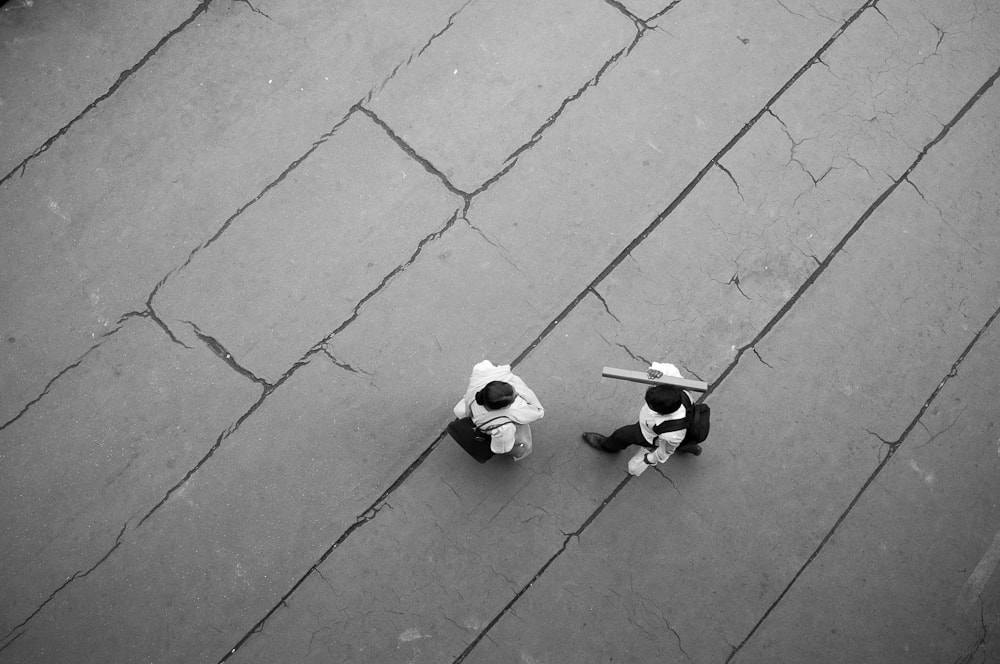
Remember to search for an item of interest before shooting with your camera. Once you have located it, apply one of these tricks that I have told you about (or several) and you will surely get an impressive photograph. If I were you I would be looking forward to finishing reading this to take my camera and practice them, in fact I just had a terrible desire to go out and take pictures and that is what I am going to do, but not before thanking you for reading up to here and ask you, if it has been useful to you, to share it on Facebook, Twitter or Google +. Thanks again and until our next photo meetup!

